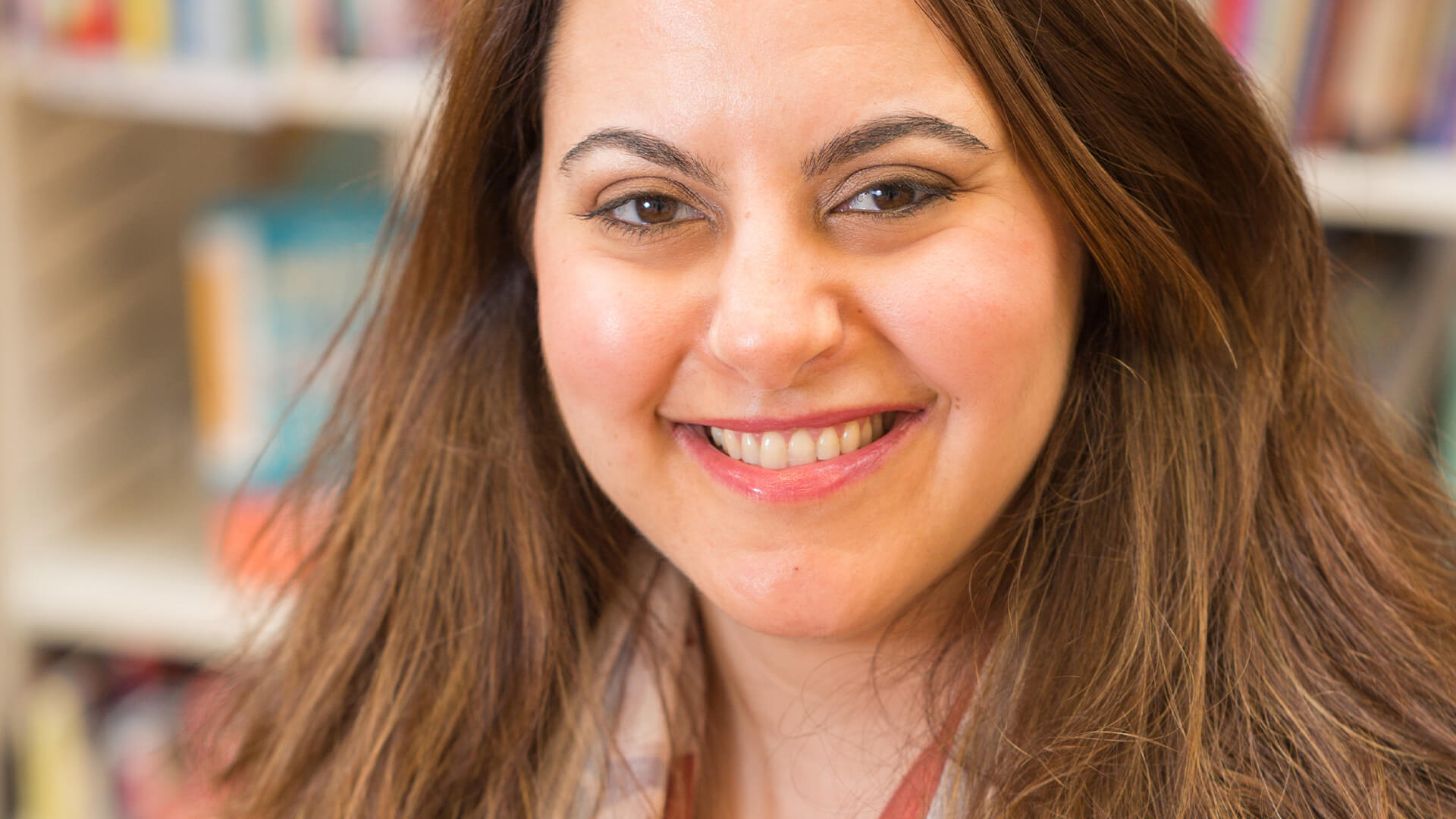
However, for the first year in its history the report showed a decrease in minority representation in picture books and non-fiction for 2022. Minoritised representation in fiction increased from 11% in 2021 to 15% in 2022, while representation in non-fiction dropped from 41% in 2021 to 30% in 2022, and picture books from 61% to 52% year on year.
The figures also showed the need for nuance across representation and noted that the presence of characters from South Asian backgrounds at 1.8%, showed “the rate of growth is slow and still far behind the real-world figure reported as 9.3% in the latest UK census”. The CLPE said: “Whilst we welcome the increases across groups, it is important to remain mindful that the ethnicity labels assigned can be quite reductive and do not adequately convey the breadth of multi-faceted identities, cultures and communities defined by these markers.”
Additionally, production pressures on publishers were indirectly reflected in the 30-page report. The report noted “a marked reduction in eligible titles compared to the previous report” down from 5,383 in 2021 to 3,195 in 2022.
“The reduction in output is marked and we believe is likely to correspond with increased production costs within what continues to be a particularly economically challenging period,” the report’s authors wrote. “The 10% increase that we have observed this year therefore suggests that although fewer titles were produced, the proportion of representative titles that made up this output was not compromised.”
Overall the CLPE is hopeful representation in children’s books will increase significantly. “In previous reports, we have welcomed these gains with cautious optimism,” the report reads. “We have expressed our concern that such a fast growth over a concentrated time frame could have the potential to invite complacency, reducing the successes of this period to a trend. To date, these concerns have not been actualised […] it is an improvement that we hope will continue to grow over time.”
The research came from filtered Nielsen data – in this case 3,195 titles – to consider titles aimed at three to 11-year-olds, and specifically focus on the three text types that feature in primary classrooms – picture books, non-fiction and fiction.
Farrah Serroukh, executive director of research and development at CLPE, led the work in consultation with a steering committee of leading experts in publishing and education.
She said: “We welcome the increase in overall output and were pleased to encounter more variation in the breadth of realities reflected in the literature we reviewed. We encourage publishers and creatives to build on the traction of recent years and continue to strive towards improving the volume and quality of titles that meaningfully reflect realities available to young readers.”
The annual survey was launched by CLPE in 2018 and has been funded by the Arts Council England since then though this year’s report is also supported by Inclusive Books for Children.
CLPE will continue this work with the publication of Reflecting Realities in the Classroom (Sage, April 2024).
To view the report in full, click here.
